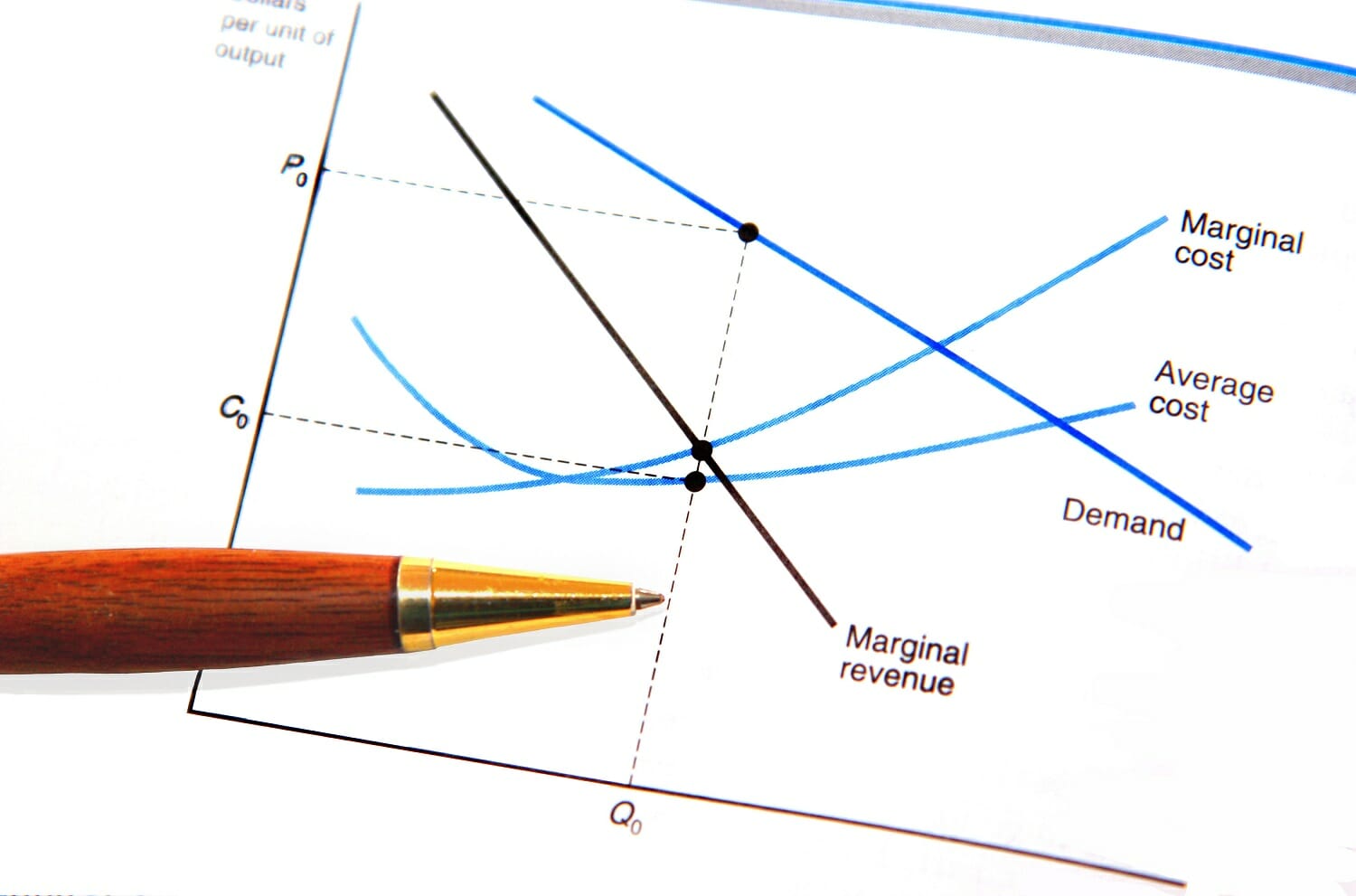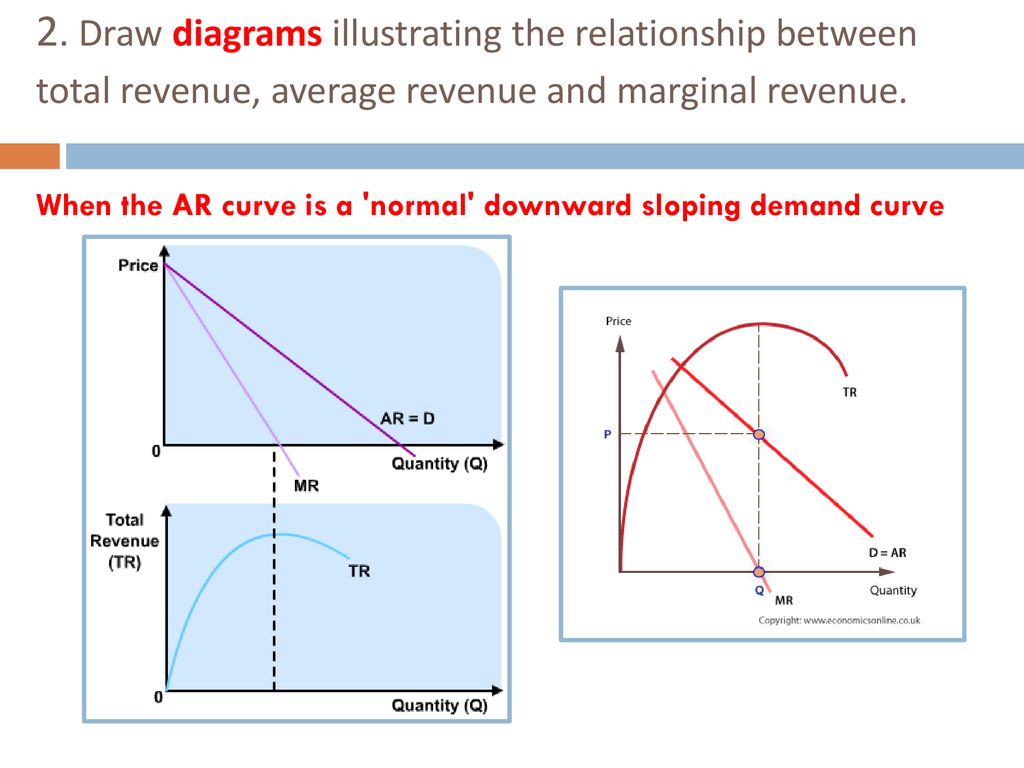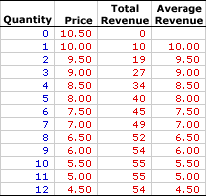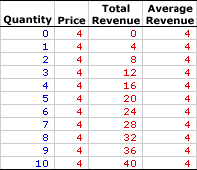Total revenue, average revenue, and marginal revenue are three important concepts in economics that are often used to analyze and understand the behavior of firms. These concepts are related to the revenue a firm generates from the sale of its goods or services and can be used to inform a firm's pricing and production decisions.
Total revenue refers to the total amount of money a firm receives from the sale of its goods or services in a given period of time. It is calculated by multiplying the quantity of goods or services sold by the price at which they are sold. For example, if a firm sells 100 units of a product for $10 each, its total revenue would be $1,000.
Average revenue refers to the revenue a firm receives per unit of its goods or services sold. It is calculated by dividing the total revenue by the quantity of goods or services sold. Continuing with the example above, the firm's average revenue would be $10, since $1,000 divided by 100 equals $10.
Marginal revenue refers to the change in a firm's total revenue that results from the sale of one additional unit of its goods or services. It is calculated by taking the change in total revenue and dividing it by the change in the quantity of goods or services sold. For example, if the firm in the example above increases the quantity of goods sold from 100 to 101, and total revenue increases from $1,000 to $1,010, the marginal revenue from the sale of the 101st unit would be $10, since $1,010 - $1,000 equals $10.
Understanding these concepts is important for firms because they can help inform pricing and production decisions. For example, a firm might decide to increase production if the marginal revenue from the sale of an additional unit is greater than the marginal cost of producing that unit. Alternatively, a firm might decide to decrease production if the marginal revenue from the sale of an additional unit is less than the marginal cost of producing that unit.
In summary, total revenue, average revenue, and marginal revenue are three important concepts in economics that are used to understand the revenue a firm generates from the sale of its goods or services. Total revenue is the total amount of money a firm receives from the sale of its goods or services, average revenue is the revenue a firm receives per unit of its goods or services sold, and marginal revenue is the change in a firm's total revenue that results from the sale of one additional unit of its goods or services. Understanding these concepts can help firms make informed pricing and production decisions.








